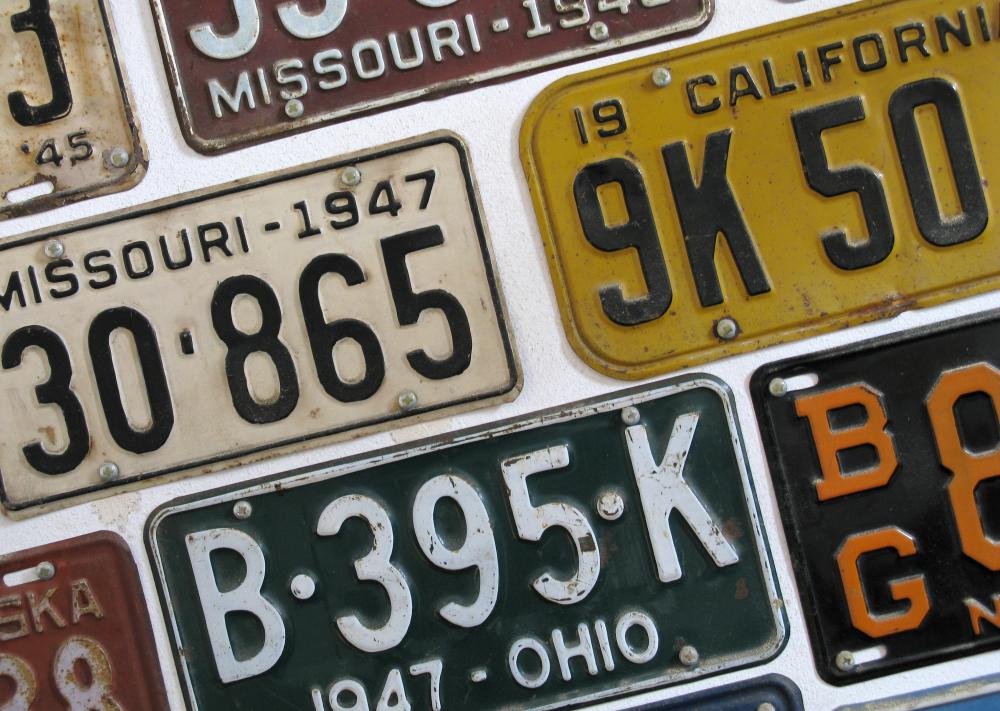At EasyTechJunkie, we're committed to delivering accurate, trustworthy information. Our expert-authored content is rigorously fact-checked and sourced from credible authorities. Discover how we uphold the highest standards in providing you with reliable knowledge.
What are Image Processing Algorithms?
Image processing algorithms make use of computer algorithms to manipulate hardware and software to produce greater control over image processing than was ever possible with analog image processing. They are written in several languages and make use of different algorithms according to what their use and purpose are. Image processing covers more than just the processing of images taken with a digital camera, so the algorithms in use are developed for processing of magnetic resonance imaging (MRI) and computed tomography (CT) scans, satellite image processing, microscopics and forensic analysis, robotics and more. Algorithms for image processing fall into several categories, such as filtering, convolutions, morphological operations and edge detection. These functions have expanded image processing tremendously since the 1980s as computer hardware proliferation has become possible because the hardware has become more affordable for the average business or household.
In personal and professional digital camera operation, sophisticated algorithms make up for what the captured image lacks by means of interpolation of color. This is done by examining the adjacent pixels and those further back in the image to keep false coloration, known as color aliasing, from appearing in the image, which causes a degradation from the reality of the image photographed. Digital processing of the photograph allows for the reduction in noise and signal distortions on digital images, and the algorithms can process two-dimensional, three-dimensional and four-dimensional images into formats that can be easily stored and manipulated.

Optical character recognition algorithms are used by surveillance teams and law enforcement personnel to read license plates from closed-circuit camera systems or road-mounted cameras. These algorithms must be intricate enough to make adjustments for the speed of the vehicle being chased, weather conditions and angles of view to make the license plate characters easily readable. Image processing algorithms also are used in the development of neural networks and wavelets by using optical character recognition algorithms in use in handwriting recognition software. These image recognition algorithms interpret handwritten notes, diagrams, photographs and equations and process them into contextual translations for storage and transmission between various hardware devices.

In medicine, image processing algorithms have continued to be fine tuned and expanded to use both linear and curve algorithms together with distance transformation formulations to achieve greater detail, along with geometric corrections to provide faithful scan images from positron tomography and MRIs. In forensics and microscopics, simple and complex deconvolution algorithms have enabled microscopists to reduce blurring and perform faithful image resolution. In digital mammography, several image processing algorithms are put to use to in combination provide a clear picture of each lesion, the lesion’s edges and density and to more clearly define any tumors evident. These medical applications have continued to be developed but are delivering ever-truer images for the diagnoses and prognoses information of which the medical community is in need.
AS FEATURED ON:
AS FEATURED ON:












Discuss this Article
Post your comments